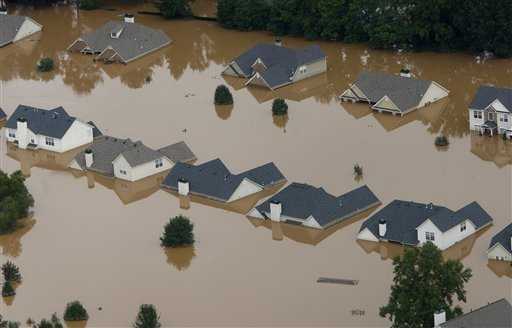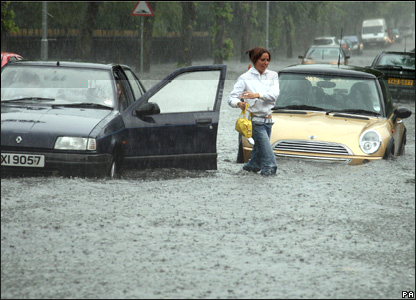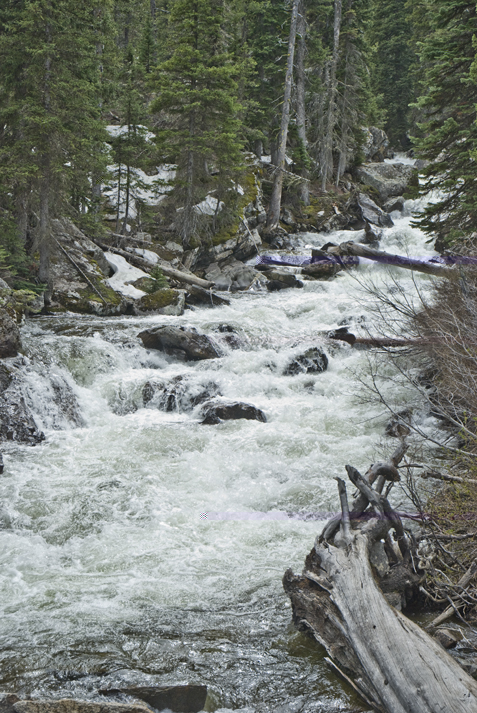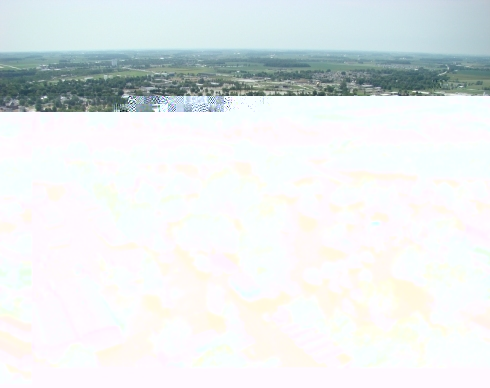











What is a Flood?
A flood is an overflow of an expanse of water that submerges land. The EU floods directive defines a flood as a temporary covering by water of land not normally covered by water. In the sense of "flowing water", the word may also be applied to the inflow of the tide. Flooding may result from the volume of water within a body of water, such as a river or lake, which overflows or breaks levees, with the result that some of the water escapes its usual boundaries. While the size of a lake or other body of water will vary with seasonal changes in precipitation and snow melt, it is not a significant flood unless such escapes of water endanger land areas used by man like a village, city or other inhabited area.
Floods can also occur in rivers, when flow exceeds the capacity of the river channel, particularly at bends or meanders. Floods often cause damage to homes and businesses if they are placed in natural flood plains of rivers. While flood damage can be virtually eliminated by moving away from rivers and other bodies of water, since time out of mind, people have lived and worked by the water to seek sustenance and capitalize on the gains of cheap and easy travel and commerce by being near water. That humans continue to inhabit areas threatened by flood damage is evidence that the perceived value of living near the water exceeds the cost of repeated periodic flooding.
Are You Ready?
Floods are one of the most common hazards in the United States. Flood effects can be local, impacting a neighborhood or community, or very large, affecting entire river basins and multiple states.
However, all floods are not alike. Some floods develop slowly, sometimes over a period of days. But flash floods can develop quickly, sometimes in just a few minutes and without any visible signs of rain. Flash floods often have a dangerous wall of roaring water that carries rocks, mud, and other debris and can sweep away most things in its path. Overland flooding occurs outside a defined river or stream, such as when a levee is breached, but still can be destructive. Flooding can also occur when a dam breaks, producing effects similar to flash floods.
Be aware of flood hazards no matter where you live, but especially if you live in a low-lying area, near water or downstream from a dam. Even very small streams, gullies, creeks, culverts, dry streambeds, or low-lying ground that appear harmless in dry weather can flood. Every state is at risk from this hazard.
FloodTerms To Know
Flood Watch:
Flooding is possible. Tune in to NOAA Weather Radio, commercial radio, or
television for information.
Flash Flood Watch:
Flash flooding is possible. Be prepared to move to higher ground; listen to NOAA
Weather Radio, commercial radio, or television for information.
Flood Warning:
Flooding is occurring or will occur soon; if advised to evacuate, do so
immediately.
Flash Flood Warning:
A flash flood is occurring; seek higher ground on foot immediately.
Flood Facts